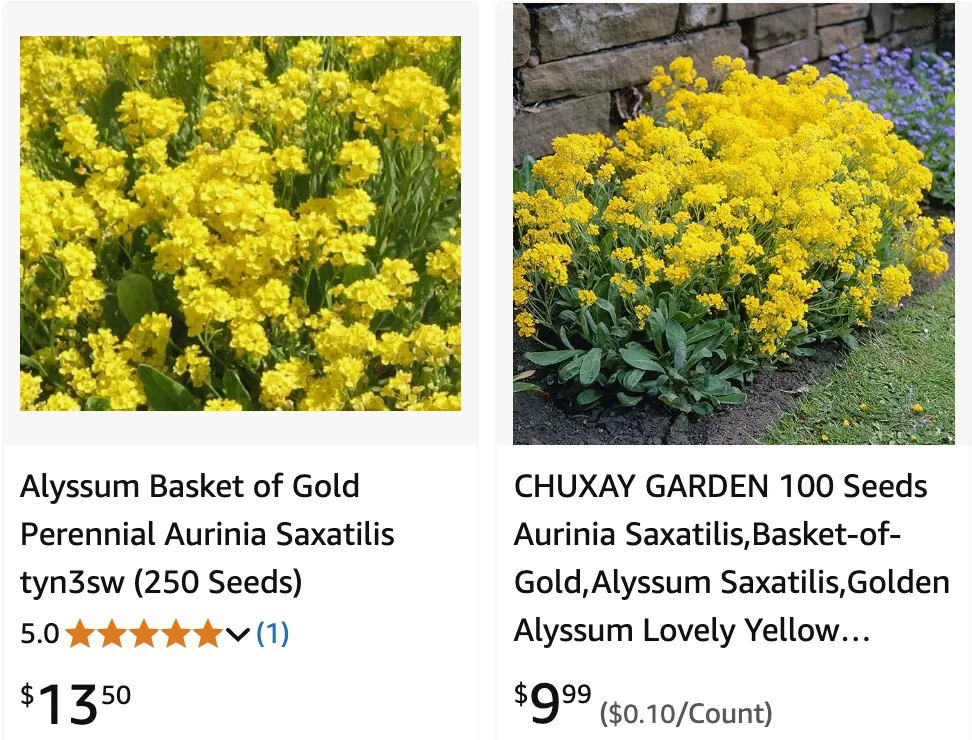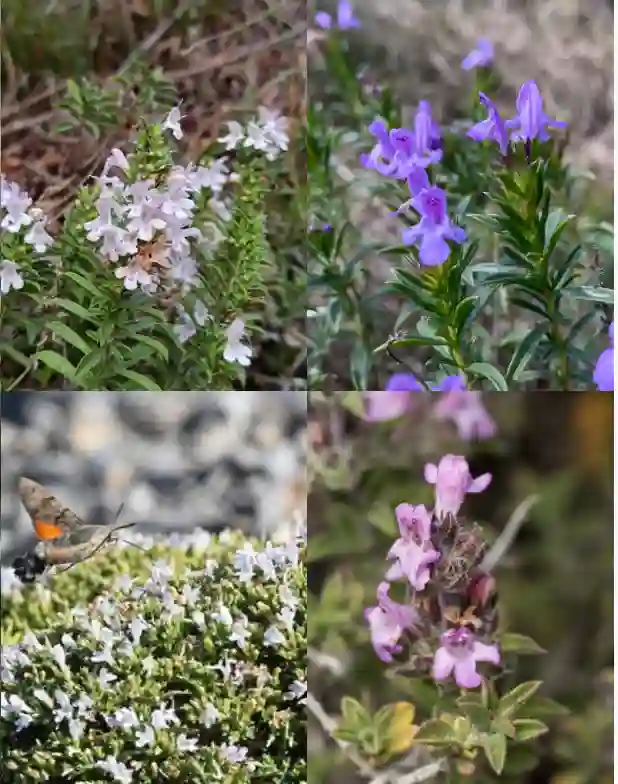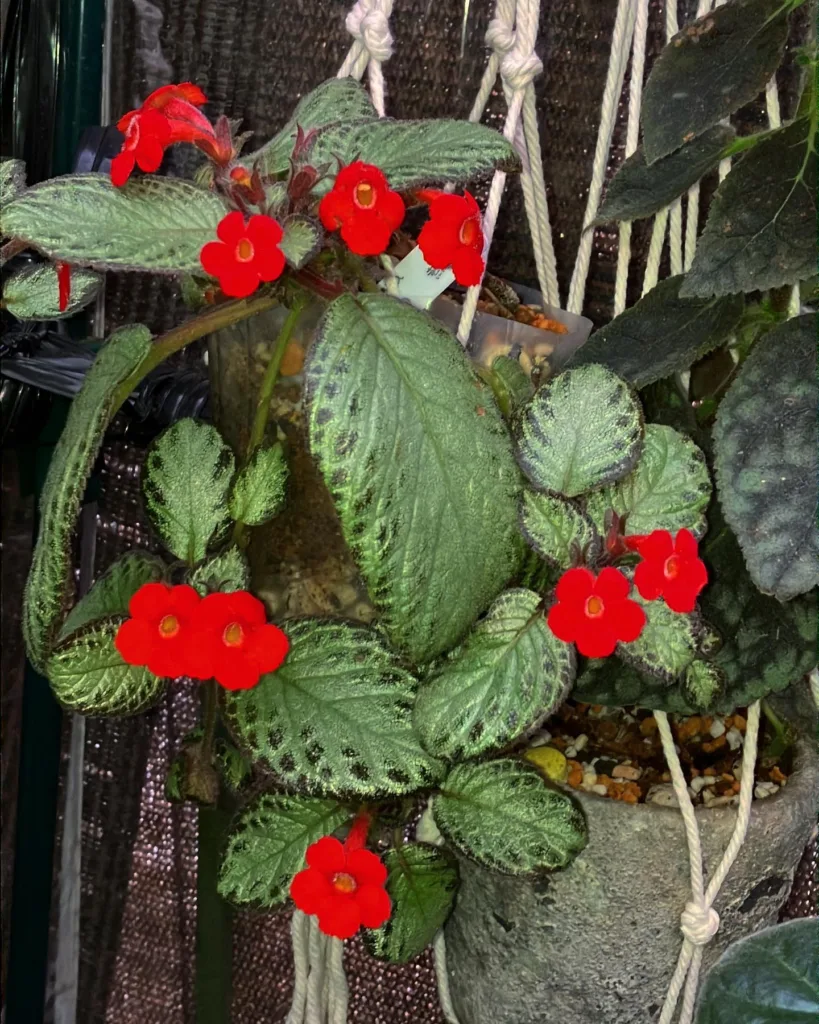
September 8 – Aurinia
"Aurinia, the basket-of-gold, represents September 8."
Aurinia symbolizes prosperity and joy. You brighten every space with your golden energy. Like its cheerful flowers, your optimism is contagious.
Aurinia: A Golden Treasure in My Garden
As an avid gardener, I’m always on the lookout for plants that bring vibrant color and unique textures to my landscape. One genus that has truly captured my heart is Aurinia, a group of flowering plants in the Brassicaceae family. Native to the mountainous regions of Central and Southern Europe, Russia, and Turkey, these hardy perennials are a delight to cultivate, offering a burst of sunshine yellow in the early summer months.
Discovering the Charm of Aurinia
My first encounter with Aurinia was purely accidental. While browsing through a local nursery, a cascade of golden yellow flowers spilling over a rockery caught my eye. Intrigued, I inquired about the plant and learned it was Aurinia saxatilis, commonly known as basket-of-gold or goldentuft. The name perfectly captured its essence: a profusion of tiny, bright yellow flowers clustered together, resembling a basket overflowing with gold.
I was immediately smitten. The vibrant color, the delicate texture, and the plant’s ability to thrive in seemingly inhospitable conditions – it was love at first sight. I purchased a few specimens and eagerly planted them in my rock garden.
Aurinia: A Closer Look
Aurinia plants are closely related to Alyssum, and the resemblance is undeniable. Both genera feature clusters of small, four-petaled flowers, but Aurinia typically boasts a more intense yellow hue. The plants are either biennial or woody-based evergreen perennials, forming a low-growing mat of gray-green foliage. In early summer, they erupt in a dazzling display of golden yellow flowers, attracting a host of pollinators to the garden.
One of the things I appreciate most about Aurinia is its resilience. These plants are remarkably drought-tolerant and thrive in well-drained soil, making them ideal for rock gardens, borders, and even containers. They are also relatively low-maintenance, requiring minimal pruning and fertilization.
Species within the Aurinia Genus
While Aurinia saxatilis is the most widely cultivated species, the genus encompasses several other noteworthy members. Here are:
- Aurinia corymbosa: This species is native to the Balkans and features corymbs of yellow flowers.
- Aurinia gionae: Endemic to France, this species is characterized by its linear leaves and bright yellow flowers.
- Aurinia leucadea: Found in Greece, this species has grayish-white leaves and pale yellow flowers.
- Aurinia moreana: This recently discovered species is native to Greece and has deep yellow flowers.
- Aurinia petraea: This species is native to the Eastern Alps and boasts bright yellow flowers and gray-green leaves.
- Aurinia sinuata: This species is native to the Mediterranean region and features sinuate (wavy) leaves and yellow flowers.
- Aurinia saxatilis (L.) Desv. Plant FAQs: Aurinia Saxatilis
Cultivating Aurinia in My Garden
Over the years, I’ve experimented with different Aurinia species and cultivars, each with its unique charm. I’ve found them to be incredibly versatile plants, adapting to various conditions and design styles.
In my rock garden, Aurinia saxatilis ‘Compacta’ forms a dense, golden carpet, cascading over the rocks. Its compact size makes it perfect for smaller spaces. In the border, I’ve paired Aurinia saxatilis ‘Citrina’ with purple alliums for a striking contrast. The pale yellow flowers of ‘Citrina’ provide a softer touch compared to the intense gold of the species.
I’ve also successfully grown Aurinia in containers, where their trailing habit creates a beautiful spillover effect. I like to combine them with other drought-tolerant plants, such as sedums and sempervivums, for a low-maintenance and visually appealing display.
Tips for Growing Aurinia
For those interested in cultivating Aurinia, here are a few tips based on my experience:
- Sunlight: Aurinia thrives in full sun, although it can tolerate some light shade.
- Soil: Well-drained soil is crucial. Avoid heavy clay soils that retain moisture.
- Watering: Water regularly after planting, but once established, Aurinia is quite drought-tolerant.
- Pruning: Shear back the plants after flowering to maintain their shape and encourage bushier growth.
- Propagation: Aurinia can be easily propagated from seed or cuttings.
The Enduring Appeal of Aurinia
My fascination with Aurinia continues to grow with each passing season. These golden gems bring a touch of sunshine to my garden, brightening even the dullest days. Their resilience, versatility, and undeniable beauty make them a true treasure in my plant collection. I encourage fellow gardeners to explore the diverse world of Aurinia and experience the joy these golden wonders bring.
If i die, water my plants!



